Artemis III Will Mark The First Crewed Moon Landing Mission Since Apollo 17 In 1972
Categories: Aerophoto | Photo project | Science | World
By Vika https://pictolic.com/article/artemis-iii-will-mark-the-first-crewed-moon-landing-mission-since-apollo-17-in-1972.html“Fly me to the Moon / Let me play among the stars / Let me see what spring is like / On Jupiter and Mars,” sang Frank Sinatra. At the time he probably wouldn’t have guessed that one day it would become a reality.
To see a blossoming spring on the Moon seems more achievable than ever. NASA just shared the exciting news about the Artemis III mission that will mark the first crewed moon landing since Apollo 17 in 1972 during which the astronauts will try to grow plants on the Moon.
More info: NASA
9 PHOTOS

1. Artemis III will be NASA’s first human mission to the Lunar South Pole
Image credits: NASA

2. Image credits: NASA
The Moon is Earth’s only natural satellite and orbits at an average distance of 384,400 km, about 30 times the diameter of Earth.
“The prevailing idea is that the Moon was formed in a violent event between the proto-Earth – an early-stage Earth that was much bigger than it is today – and an object (labeled ‘Theia’) about the size of Mars,” explains Robert Massey.
“The Moon started around ten times closer to the Earth than it is now,” reveals the researcher. “Imagine looking up at the night sky and seeing the Moon 10 times bigger.” Computer simulations suggest the Moon could even have been 12-19 times closer, at a distance of just 20,000-30,000 km, compared to 384,000 km today. And it is still spinning away. “Because of a transfer of energy from the rotation and tidal bulges of the Earth, the Moon gets 3.78cm further away each year,” added Massey.
Humanity has always been fascinated by Earth’s most constant companion. From the 17th to the early 20th century, the Moon was a major focus for astronomers and, of course, NASA’s Apollo program became a global phenomenon when Apollo 11 finally landed on the moon in 1969.
After the Apollo era, the obsession faded out a little due to NASA’s focus on other avenues of space exploration. Yet Artemis missions brought the attention to lunar exploration again.
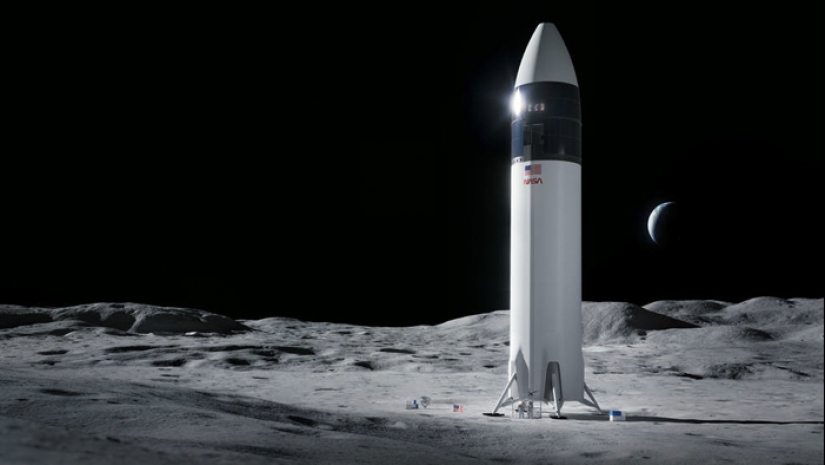
3. NASA’s astronauts on the Moon’s South Pole will hunt ice, grow plants, and will listen to moonquakes
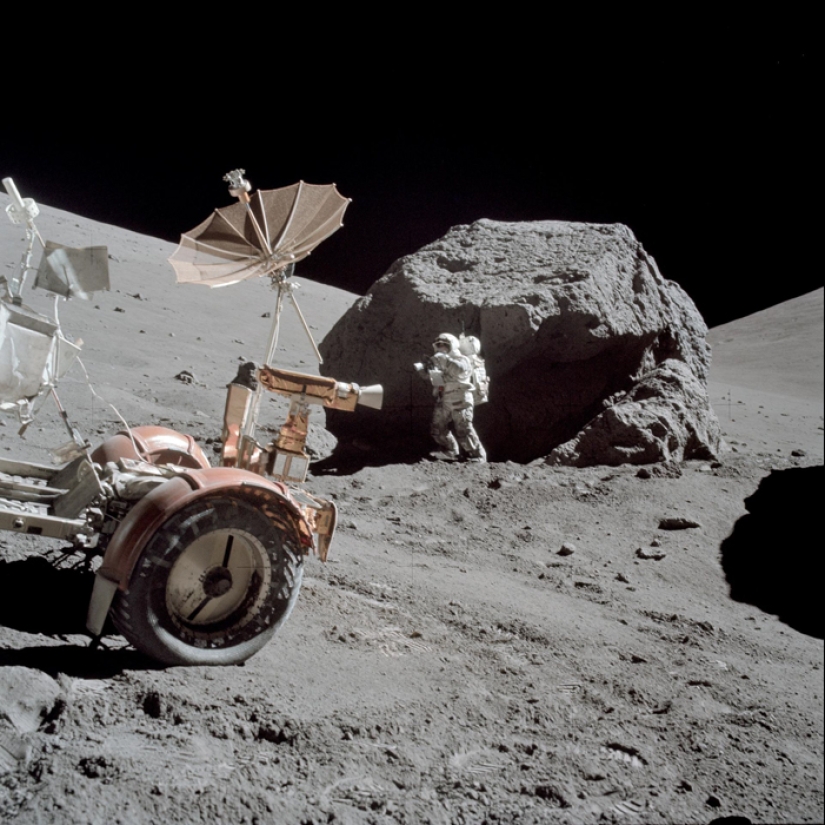
4. Image credits: NASA
“Artemis marks a bold new era of exploration, where human presence amplifies scientific discovery. With these innovative instruments stationed on the Moon’s surface, we’re embarking on a transformative journey that will kick-start the ability to conduct human-machine teaming – an entirely new way of doing science,” said Pam Melroy, NASA Deputy Administrator.
The instruments are directed to three Artemis science objectives: understanding planetary processes, understanding the character and origin of lunar polar volatiles, and investigating and mitigating exploration risks. They were carefully chosen because of their unique installation requirements that necessitate deployment by humans during moonwalks.
Artemis III will be the 1st mission to return astronauts to the surface of the Moon in more than 50 years. The astronauts will explore the south polar region of the Moon, within 6 degrees of latitude from the South Pole. Several proposed landing regions are located among some of the oldest parts of the Moon. Therefore, it will allow learning about the history of the Moon through previously unstudied lunar materials.
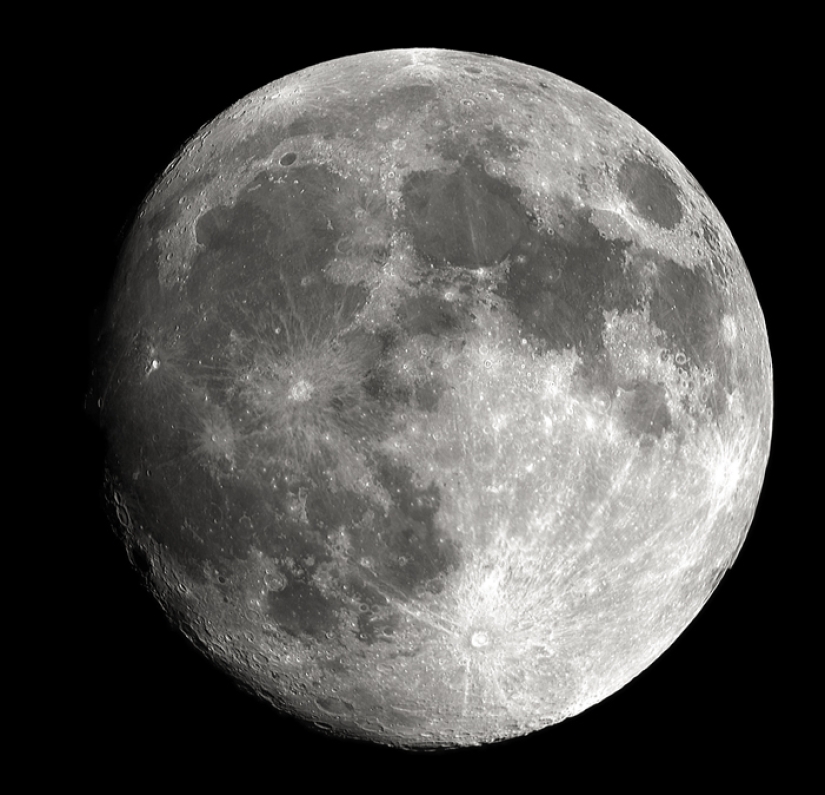
5. The Lunar South Pole is ripe with evidence of moonquakes caused by the Moon’s interior cooling and shrinking
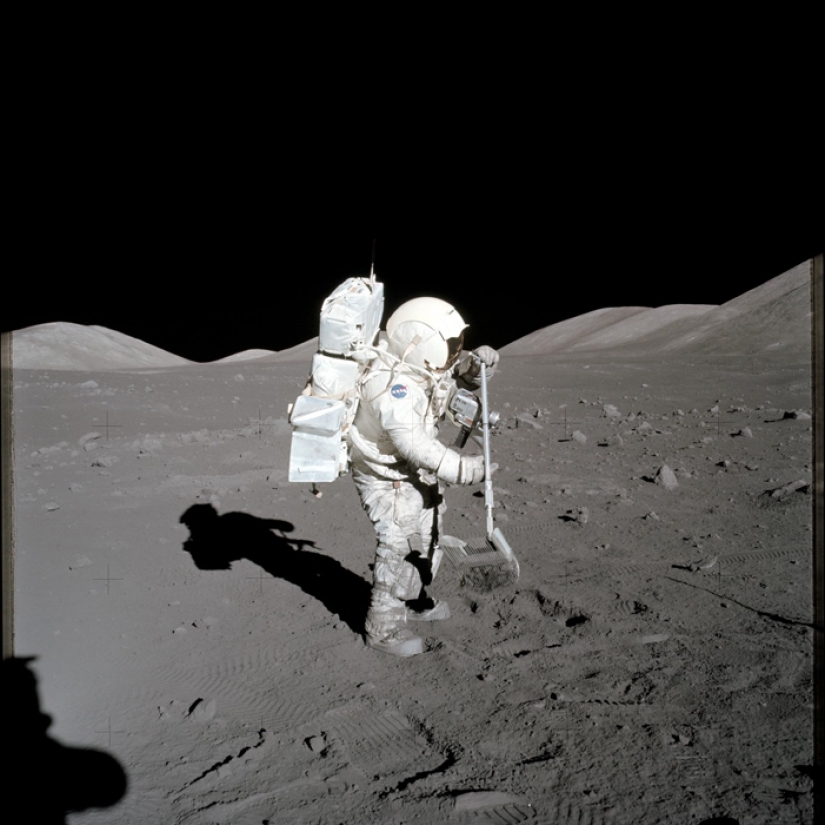
6.
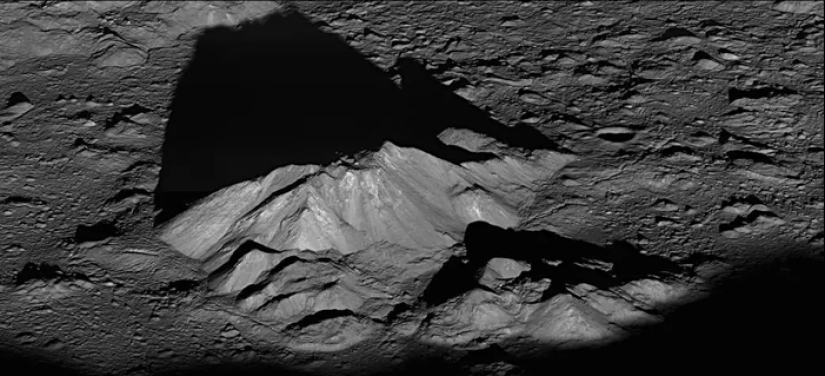
7.
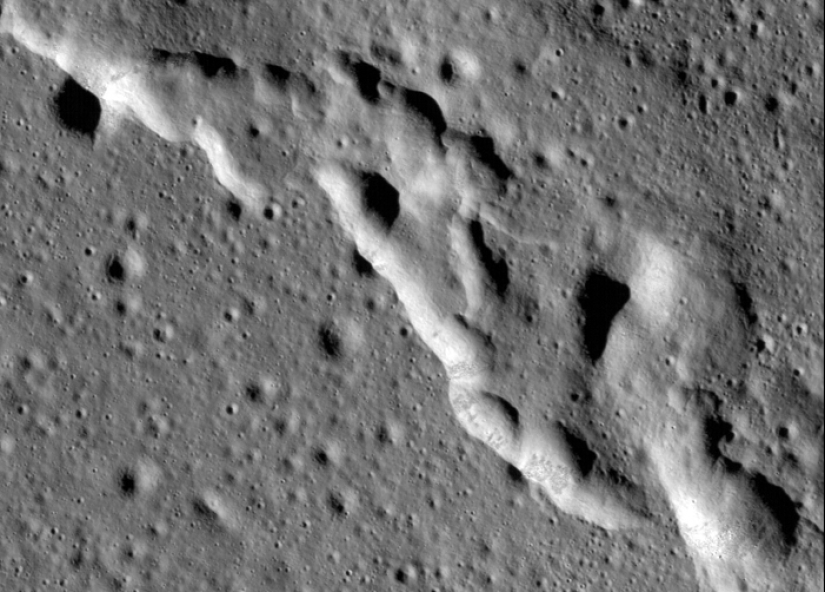
8.
Image credits: NASA
The Lunar Environment Monitoring Station (LEMS) is an autonomous seismometer suite designed to carry out continuous, long-term monitoring of the seismic environment, namely ground motion from moonquakes, in the lunar south polar region. Therefore, it will characterize the regional structure of the Moon’s crust and mantle, which will add valuable information to lunar formation and evolution models.
Lunar Effects on Agricultural Flora (LEAF) will investigate the lunar surface environment’s effects on space crops. It will be the first experiment to observe plant photosynthesis, growth, and systemic stress responses in space radiation and partial gravity, which will help scientists understand the use of plants grown on the Moon for both human nutrition and life support on the Moon and beyond.
The Lunar Dielectric Analyzer (LDA) will measure the regolith’s ability to propagate an electric field, which is a key parameter in the search for lunar volatiles, especially ice. It will collect essential information about the structure of the Moon’s subsurface, monitor dielectric changes caused by the changing angle of the Sun as the Moon rotates, and look for possible frost formation or ice deposits.
“These three scientific instruments will be our first opportunity since Apollo to leverage the unique capabilities of human explorers to conduct transformative lunar science,” said Joel Kearns, deputy associate administrator for exploration in NASA’s Science Mission Directorate in Washington.
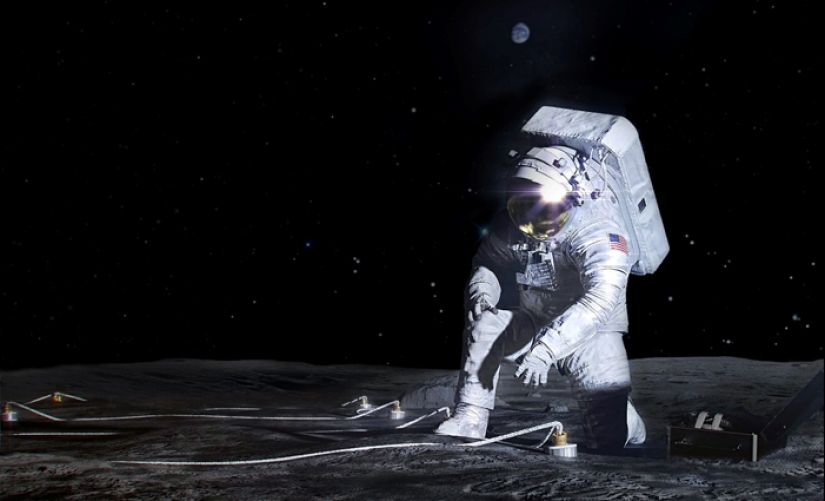
9. NASA unveiled the first 3 scientific instruments for the Artemis III mission
Image credits: NASA
Knowing the moon better helps scientists understand other planets, how they have evolved, and the processes that have shaped their surfaces. It also helps to see the influence the moon has had on the Earth, the record of the ancient Sun and it also serves as a great platform to study the rest of the universe. By using the Moon as the closest testing ground for robotics and instrument systems, scientists can further human exploration of not only the Moon but the rest of the solar system.
The area where the Artemis III mission will settle shows geologically interesting features and possible water available in the form of ice, which could be transformed into oxygen to breathe and hydrogen to be used as fuel.
The lunar south pole is the southernmost point on the moon. It intrigues scientists because of the occurrence of water ice in permanently shadowed areas around it. The craters there are unique in that the near-constant sunlight does not reach their interior. Such craters are cold traps that contain fossil records of hydrogen, water ice, and other volatiles dating from the early Solar System.
Scientific interest in the moon’s South Pole was piqued a bit more than fourteen years ago when NASA’s Lunar Crater Observation and Sensing Satellite (LCROSS) mission intentionally crashed a spent Centaur rocket booster into the Cabeus crater.
“You look at pictures of the South Pole, it’s not like what you saw where Neil (A. Armstrong) and (Edwin) Buzz (Aldrin) were landing, constantly lit from the sun. A few craters here and there. The South Pole of the moon is pockmarked with deep craters and because of the angle of the sun coming in, most of those craters are in total darkness the entire time,” said NASA Administrator Bill Nelson, speaking at a recent NASA press conference.
Keywords: Artemis III | Space | Mars | Planets | Moon | Apollo 17 | Galaxies | Aero photos | Jupiter and Mars
Post News ArticleRecent articles

There are dolls very similar to living people. And there are so realistic that their appearance can only be explained by magic. ...

Japan is deservedly considered one of the safest countries in the world. Even organized crime there has a "human face" ...
Related articles

Even in small apartments and homes can find a lot of functional areas, and with their help it is great to save space and ...

The question of what space smells like may not be considered topical, but, you must agree, it would be interesting to find out. It ...

The life of people on other planets no longer seems like a perfect fantasy, as a few decades ago. Space exploration is being ...

Famous British photographer Bob Carlos Clarke was born in an Irish corps in 1950. In 1969 he moved to England to study art and ...